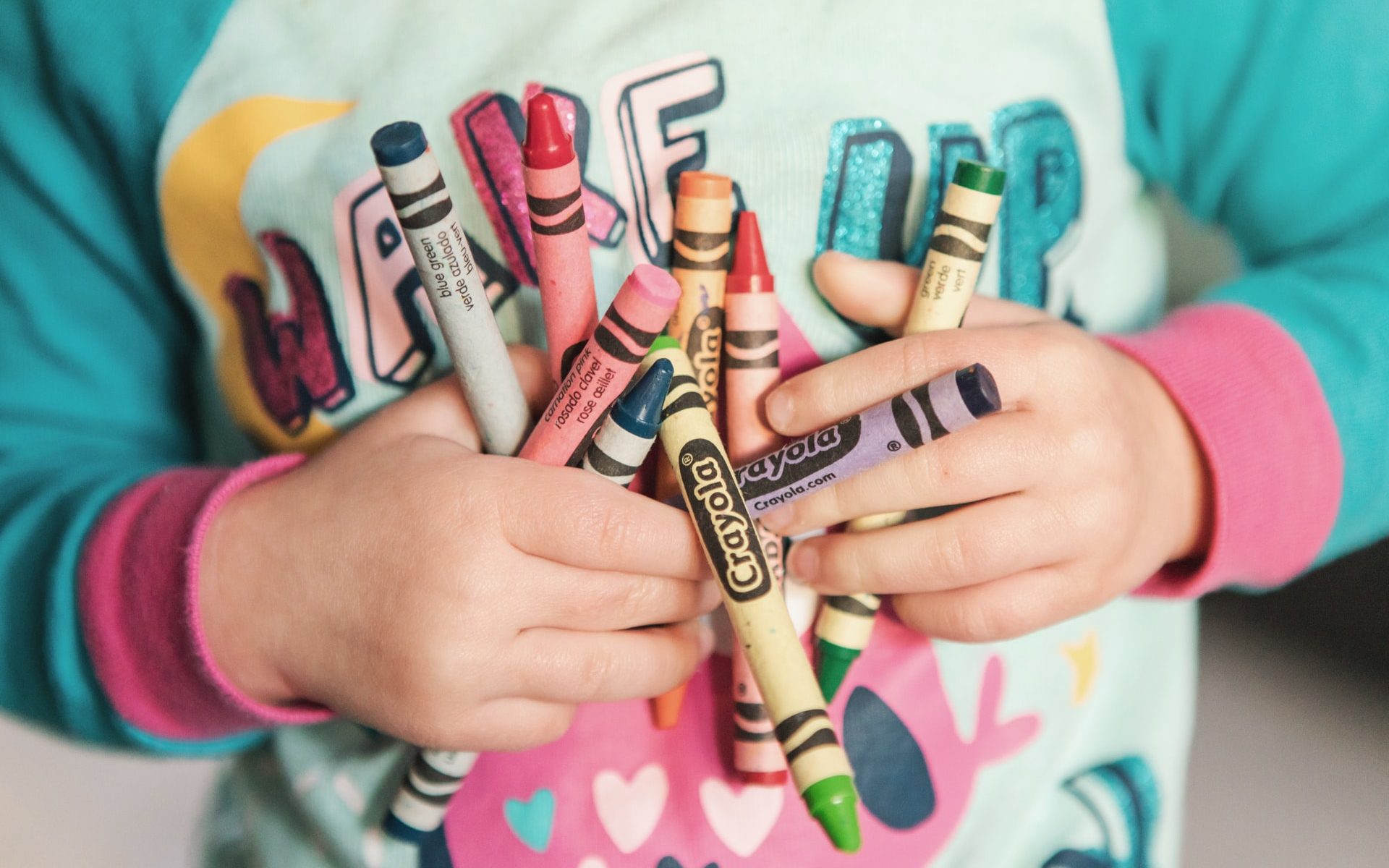Are you looking for ways to motivate students to follow school rules? If so, keep reading.
1. Get the learner to list the pros and cons of an action. Get the learner to consider whether the pros outweigh the cons before they take action.
2. Talk with the learner about the role and benefit of rules outside the school setting (e.g., job site, social situation, leisure learning activities, etc.).
3. Praise the learner for following school rules based on the duration of time the learner can be successful. As the learner shows success, slowly increase the duration of time required for reinforcement.
4. Praise the learner for following school rules: (a) give the learner a concrete reward (e.g., classroom privileges, passing out learning materials, 10 minutes of free time, etc.) or (b) give the learner an informal reward (e.g., praise, handshake, smile, etc.).
5. Help the learner find specific school rules they have difficulty following and make these rules into goals for behavior improvement.
6. Get the learner to question any school rules they do not understand.
7. Get the learner and their parents to sign a copy of the school discipline plan and consequences for failing to follow school rules.
8. Get the learner to find the situations in which they are most likely to fail to consider the consequences of their behavior. After they have identified these situations, have them think of ways to minimize their occurrences.
9. Give the learner many chances for social and academic success.
10. Provide maximum supervision of the learner. As the learner can successfully follow school rules, slowly decrease supervision.
11. Select a peer to escort the learner in nonacademic settings.
12. Draft an agreement with the learner stipulating what behavior is required and which reinforcement will be implemented when the agreement has been met.
13. Utilize related consequences for the learner’s unacceptable behavior(e.g., running in the halls results in having to walk with an adult, throwing food in the cafeteria results in having to sit next to an adult when eating, disruption in the library requires additional adult supervision, etc.).
14. Intervene early and often to prevent the learner’s behavior from leading to the contagion for other students.
15. Urge the learner to realize that all behavior has negative or positive consequences. Talk about how the learner behaviors that will lead to positive consequences.
16. Get the learner to orally repeat the school discipline plan and consequences.
17. Make the learner verbalize the school rules at designated times throughout the day (e.g., before school, during recess, at lunch, at the end of the day, etc.).
18. Provide visibility to and from the learner. The teacher and the learner should be able to see each other at all times. Make eye contact possible at all times.
19. Do not let the learner use ADHD as an excuse. Hold the learner responsible for their actions. However, accept the problems that ADHD brings into the learner’s life while they are learning to make accommodations.
20. Talk with the learner regularly to ascertain if school rules are being followed.
21. Make sure that the learner knows the relationship between unacceptable behavior and the consequences that follow (e.g., lunch detention, suspension, after-school detention, etc.).
22. Create school rules: • Walk in halls. • Arrive for class on time. • Respect the privacy of others. • Talk quietly in the halls. Examine rules often. Praise students for following the rules.
23. Consider using a classroom management app. Click here to view a list of apps that we recommend.
24. Consider using an adaptive behavior management app. Click here to view a list of apps that we recommend.
25. Consider using Alexa to help the student learn to behave appropriately. Click here to read an article that we wrote on the subject.
26. Click here to learn about six bonus strategies for challenging problem behaviors and mastering classroom management.








